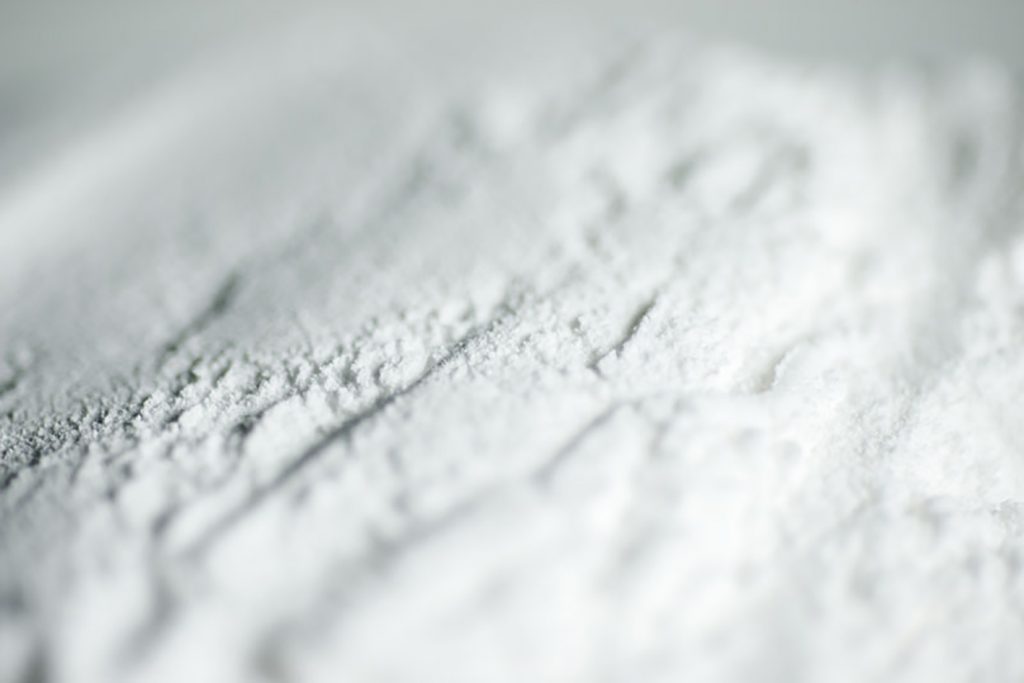Dietary fibres contribute significantly to a healthy lifestyle and general wellbeing. Industrially produced resistant wheat starches such as Lory® Starch Elara are only partially digested in the small intestine, if at all, and are therefore hardly absorbed. As a result, they are ideally suited for enriching functional foods in terms of fibre content. Thus, they improve digestion in the short term, while helping counteract the long-term effects of various modern-day health problems: End products, for example, can help support a diet adapted to protect against diabetes, cardiovascular diseases and obesity. (1) A clinical study has now confirmed that the resistant wheat starch from ingredients specialist Loryma only has a minor effect on glucose levels. Stable blood glucose levels prevent insulin peaks, contribute to a prolonged feeling of satiety and thus lower food intake. With the help of Lory® Starch Elara, numerous optimised snack products can be created that not only score with an attractive fibre content, but also become crunchier and structurally stable.
The study was commissioned by Loryma in 2022 and was carried out by the ZIEL Institute for Food & Health at the Technical University of Munich. As a result, it gives the GIÄ (glycaemic index equivalent) for Lory® Starch Elara a value of 4, which is significantly lower than the comparative value for native wheat starch (50 GIÄ). The reference is glucose (100 GIÄ). The methodology was adapted according to the glycaemic index (GI). This refers to the influence of digestible carbohydrates on blood glucose levels, whereas resistant starch is largely indigestible and therefore cannot be characterised with a classic GI.
Scientific studies count it as dietary fibre because it is not broken down into sugar in the small intestine.(2) The resistant starch reaches the large intestine almost undigested, where it is fermented (3) and broken down by beneficial bacteria of the intestinal flora. This has a positive effect on the body, because the resulting short-chain fatty acid butyrate (butyric acid) is the most important energy supplier for the intestinal mucosa, protecting against inflammation and promoting a healthy intestinal flora.(4)
 For food with added health benefits
For food with added health benefits
In order to produce products with added health value, conventional starch or flour can be proportionally replaced by Lory® Starch Elara. In most cases, neither the remaining recipe nor the processing method needs to be changed. As a food ingredient, the modified type 4 starch can be declared as “resistant wheat starch”. The health claim “Replacing digestible starches with resistant starch in a meal contributes to a reduction in the blood glucose rise after that meal” can be used for foods if the proportion of resistant starch in the total starch content is at least 14% (cf. Regulation (EU) No 432/2012).
Examples of applications are baked goods such as a Nutri-Score A muffin, a high protein/lower carb yeast plait, toast bread and pizza dough. In addition to the increased fibre content through resistant starch, the protein content of these products was also increased with hydrolysed wheat protein. The Loryma development team has also developed concepts for shortbread with protein-rich Skyr filling and high-protein almond biscuits. In shortbread and biscuit doughs, the addition of Lory® Starch Elara additionally creates a tender, crumbly texture. High-fibre pasta with reduced carbohydrate content is another possible application. The resistant wheat starch can also be extruded as part of a raw material mix; the extrudates not only increase the fibre content of snacks, but also impart an appealing crunch effect.
“Awareness of the short- and long-term health effects of dietary fibres is growing among the population. However, it is also important to have a product that does not compromise on quality, taste and processing. As a specialist in wheat ingredients for many years, we have the expertise for all technical matters. We commissioned the scientific study to gather facts about its added health value and confirm that Lory® Starch Elara is indeed processed by the body like dietary fibre, creating end products with added health value,” says Henrik Hetzer, Managing Director of Loryma.
References:
- European Commission. Health Promotion and Disease Prevention Knowledge Gateway. https://knowledge4policy.ec.europa.eu/health-promotion-knowledge-gateway/dietary-fibre_en. Latest access: 17 August 2022.
- Jia-Jia Wen et al. (2022): Resistant starches and gut microbiota. Food Chemistry 387.
- Bello-Perez, L. A., Flores-Silva, P. C., Agama-Acevedo, E., & Tovar, J. (2020). Starch digestibility: Past, present, and future. In Journal of the Science of Food and Agriculture, 100(14), 5009–5016.
- San Miguel et al (2018). Role of Butyric Acid in Food and Intestinal Health. https://www.sciaeon.org/articles/Role-of-Butyric-Acid-in-Food-and-Intestinal-Health.pdf. Latest access: 17 August 2022.

















